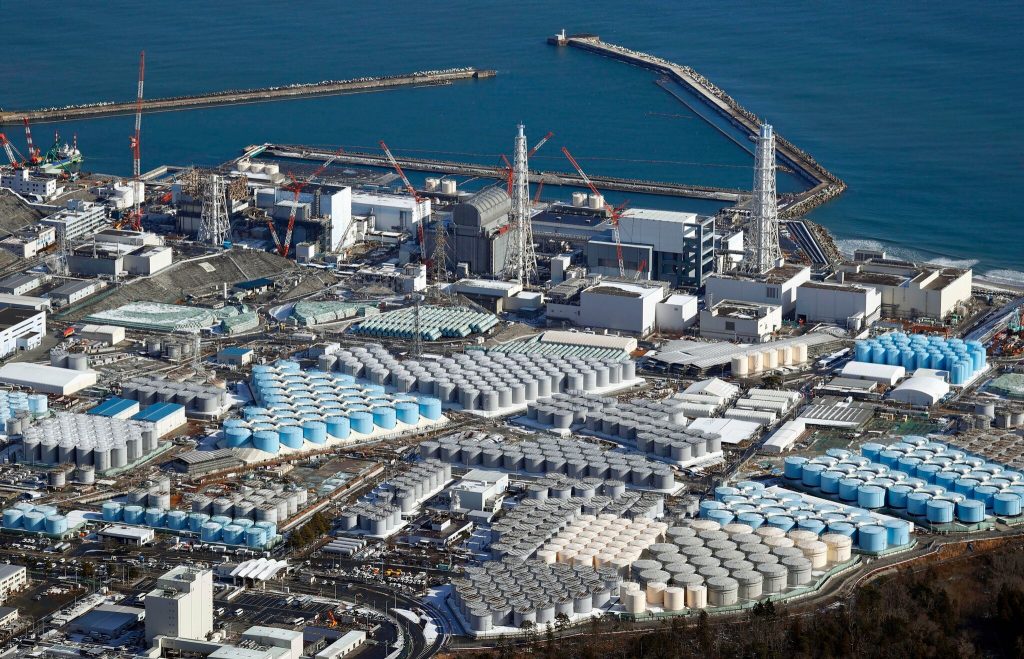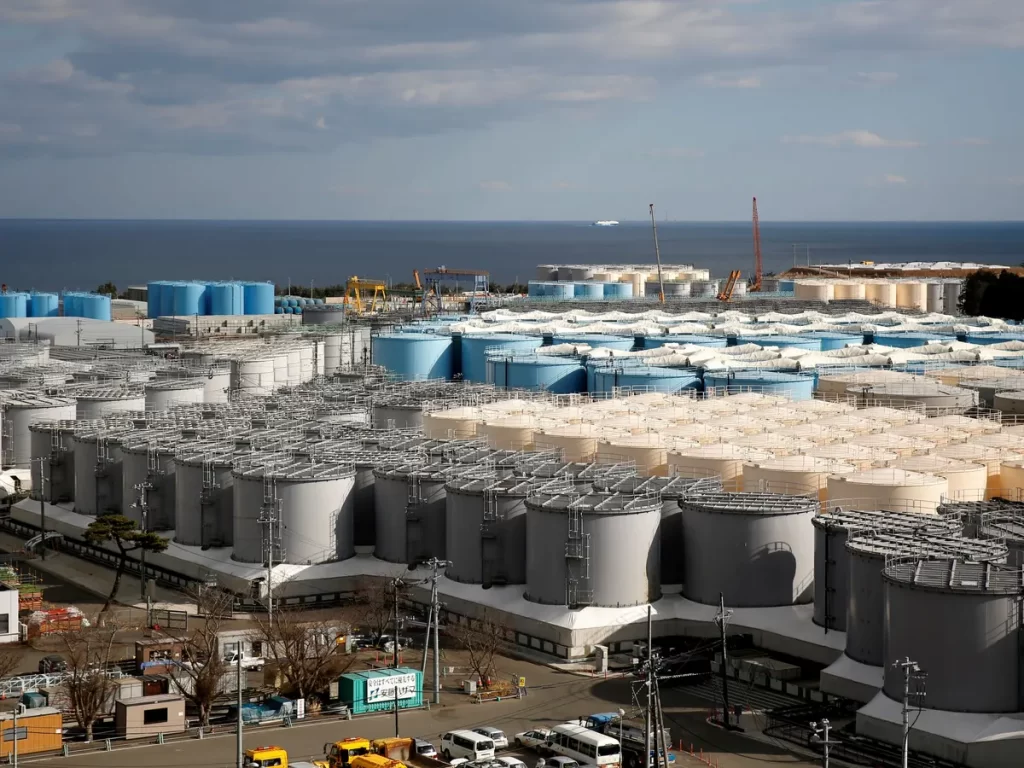Japan is getting ready to launch a shocking 1 million cubic meters of remedied wastewater from the Fukushima nuclear plant– damaged in the 2011 tsunami– into the ocean. The International Atomic Energy Agency (IAEA), an international watchdog for nuclear energy, has given its blessing after two years of careful examination. They deem that Japan’s scheme meets safety regulations and won’t create much radiation exposure to people or the natural world. Unfortunately, a few of Japan’s neighboring countries aren’t thrilled with this plan.
China, in particular, has voiced its concerns, stating that the Pacific is not Japan’s private dumping ground. Japan, on the other hand, has assured that the wastewater will undergo treatment using an Advanced Liquid Processing System to remove nearly all radioactive substances except for tritium, a heavy isotope of hydrogen. Prior to discharge, the water will be diluted to bring the tritium levels below regulatory standards.

Throughout the process of releasing the water, the IAEA will continue its safety review, ensuring continuous on-site presence and live online monitoring on its website. Locally, fishing communities, who were left out of the consultation process regarding the wastewater plans, vehemently oppose the ocean release. Despite the thorough treatment, they fear that the irradiated water may contaminate their catches. Moreover, public concerns about tainted seafood could significantly harm their livelihoods.
South Koreans, worried about the impact of wastewater disposal on the sea and sea salt supply and prices, have been stockpiling salt, causing prices to rise by 27% in just a week. Japan plans to release 1.25 million tons of treated wastewater into the sea, which has been stored in over a thousand tanks since 2013.

To address safety concerns, Tepco, the operator of the Fukushima plant, has set an annual cap of 22 trillion becquerels for the amount of radioactivity released from tritium in the wastewater. This figure was the national standard for wastewater releases before the accident. It is important to note that one becquerel is equivalent to the radioactivity emitted by an average-sized banana.
The complete release of all the treated wastewater could take up to 40 years. However, Japan’s decision and the IAEA’s approval have raised international apprehension, and the ongoing monitoring by the oversight body will play a crucial role in ensuring the safety of the environment and people throughout this process.


